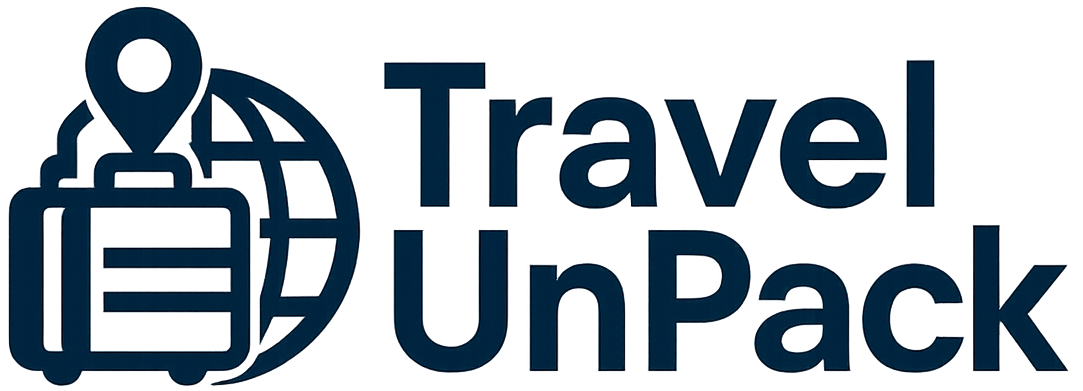Why is a digital portfolio essential even without professional experience?
Have you ever wondered how to attract the attention of recruiters or clients without a previous work history? The answer lies in a well-structured digital portfolio. Even without formal experience, this resource can be the key to opening doors in the market. A portfolio not only demonstrates your skills, but also tells your professional story in a visual and convincing way.
Many people make the mistake of believing that only those with years of experience can create a relevant portfolio. In reality, it's even more crucial for beginners. You're building your reputation from scratchAn organized portfolio shows proactivity and the ability to present yourself professionally. Think of it as a modern business card, accessible to anyone, anywhere in the world.
What's more, a digital portfolio allows you to highlight personal, academic or volunteer projects. For example, if you are a designer, you can include work done for friends or even conceptual creations. Developers can show applications or websites developed as a hobby. These projects, even if unpaid, prove your skills and potential.
Finally, in an increasingly competitive market, who is not seen is not remembered. An online portfolio increases your visibility and makes it easier for opportunities to find you. Platforms like Behance, Dribbble or even a personal website on WordPress can be great starting points. How about getting started today?
How to define your niche and identify your core skills
Before you go off creating random projects, it's essential to understand where you want to work and what your strengths are. Without this clarity, your portfolio can appear generic and unattractive. Start by making a list of the areas that interest you most and the skills you have already mastered or want to develop.
For example, if you like digital marketing, will your focus be on content creation, SEO or social media? If you prefer design, will it be UX/UI, illustration or visual identity? Specialize in a niche doesn't limit your opportunities; on the contrary, it positions you as someone with direction and expertise, even if you're just starting out.
A useful technique is to analyze the portfolios of professionals you admire. What do they have in common? How do they organize their work? This doesn't mean copying them, but rather understand market expectations. Tools like LinkedIn and Pinterest can be great sources of inspiration.
Finally, don't underestimate transferable skills. Have you ever organized events in college? That shows project management. Have you written for a personal blog? That shows communication and SEO. Everything can be relevant if presented well. The key is to connect your experiences to the needs of your target audience.
Choosing the best projects to include in your portfolio
Here's a common mistake: thinking that quantity is better than quality. Include only your best work is more effective than filling your portfolio with average projects. If you're just starting out, three to five well-detailed projects are enough to make an impact.
But how do you choose what deserves to be included? Prioritize projects that show variety and depth. For example, a graphic designer might show a logo, a poster and a complete visual identity. A copywriter might include a technical article, persuasive copy and a social media post. Diversity proves versatility.
Another valuable tip is tell the story behind each project. Explain the objective, the challenges you faced and how you overcame them. This turns a simple assignment into an engaging narrative. For example: "This website was created for a small local business with a limited budget. I used free tools like Canva and WordPress to deliver a professional result."
If you don't already have projects ready, create some fictitious or pro bono cases. Offer your work to NGOs or friends in exchange for portfolio material. Platforms such as [99designs](https://99designs.com.br/) or [Workana](https://www.workana.com/) can also help you gain initial experience.
Tools and platforms to host your digital portfolio
Now that you have selected your projects, it's time to choose where and how to display them. There are several options, from specialized platforms to personal websites. The choice depends on your budget, technical skills and objectives.
For those who want simplicity, sites like [Behance](https://www.behance.net/) (ideal for designers) or [GitHub](https://github.com/) (for developers) are great. They are free, easy to use and have high visibility. If you're looking for more customization, consider tools such as [Wix](https://www.wix.com/), [Squarespace](https://www.squarespace.com/) or WordPress. These allow you to create a unique websitereflecting its visual identity.
If your budget is limited, don't worry, there are options such as [Adobe Portfolio](https://portfolio.adobe.com/), which is included in some Creative Cloud plans, or even an interactive PDF in Google Drive. The important thing is that your portfolio is accessible, responsive and easy to navigate.
Finally, don't ignore social media. A well-curated Instagram or LinkedIn profile can serve as an extension of your portfolio. For example, designers can use Instagram to showcase creative processes, while writers can publish excerpts on LinkedIn. Multichannel increases your chances of being discovered.

How to present your projects in a professional and attractive way
Having good jobs is only half the battle. The other half is know how to present them. A disorganized or confusing portfolio can put off potential clients or employers. Start by ensuring that each project has a clear description, high-quality images and, if possible, a link to the final result.
Use objective textsbut that convey personality. Avoid excessive jargon or very technical language, unless your target audience demands it. For example, instead of saying "I developed a website in HTML5"try it "I created a fast and adaptable website for mobile devices, improving the user experience."
Include testimonials or measurable results whenever possible. If a project has increased a client's sales or had great engagement, mention it. Numbers and feedback give credibility. If you don't have real data, simulate a scenario: "This logo redesign has enhanced the brand's identity, as approved in tests with a target audience."
Finally, take care of general aesthetics. Choose a coherent color palette, readable fonts and a clean layout. Tools such as [Coolors](https://coolors.co/) help to create harmonious combinations. Remember: your portfolio is a reflection of your work. If it's sloppy, what will they say about your professionalism?
Tips for promoting your portfolio and attracting opportunities
Creating an incredible portfolio is just the first step. Promote it correctly is what will bring results. Many people passively wait for recruiters to find them, but the market values those who actively position themselves.
Start by sharing your portfolio on professional social networksYou can also use LinkedIn. Publish posts explaining your creative process or the learnings from each project. Use relevant hashtags (design, dev, digital marketing) to increase your reach. Join groups in your field and interact with other professionals' posts.
Another effective strategy is send your portfolio directly for companies or potential clients. Search for internship or freelance positions and include the link in the contact message. Platforms such as [AngelList](https://angel.co/) (for startups) or [Trampos](https://trampos.co/) (creative opportunities) can be useful.
Don't underestimate the power of offline networking. Take your portfolio to events in the field, even virtual ones. Be prepared to explain your projects in a few seconds - that's what we call elevator pitch. The more people who know about your work, the greater the chances of referrals.
Finally, keep your portfolio up to date. Add new projects regularly and refine old ones as you evolve. A stagnant portfolio gives the impression that you are too.
How to use feedback and metrics for continuous improvement
Your portfolio is not static; it must evolve along with your career. Therefore, collecting feedback and analyzing metrics is essential for strategic adjustments. Ask mentors, colleagues or even online forums like Reddit for their opinions.
Observe how people interact with your portfolio. Tools such as Google Analytics (for personal websites) or Behance statistics show which projects have the most views. This helps you understand what attracts the most attention and what can be improved.
Don't take criticism personally. Every piece of feedback is an opportunity for growth. If someone finds the navigation confusing, simplify it. If they notice a lack of variety, diversify your projects. The goal is to create a portfolio that really communicates your value.
Finally, experiment with different formats. Perhaps a video CV or a detailed case study will stand out more. The market is constantly changing and your portfolio must keep up with these trends. How about reviewing yours right now?
Ready to get started?
Building an impactful portfolio with no previous experience is entirely possible. All you need to do is action, organization and a touch of creativity. Start today, even with just one project, and refine it over time. Remember: every renowned professional has been in your shoes. What sets you apart is your willingness to show yourself to the world.
How about choosing a project of your own and starting to structure it now? The first step is always the most important.



